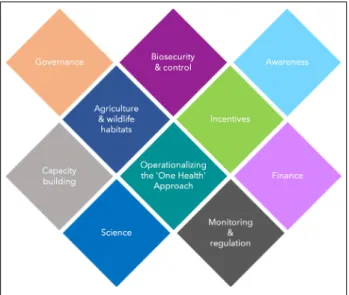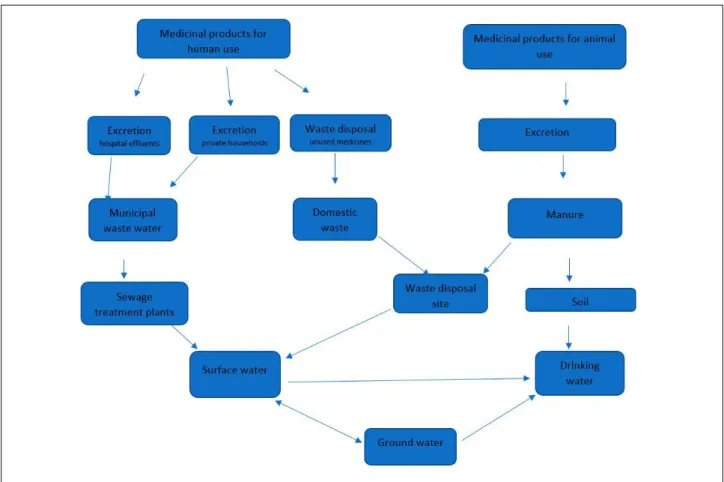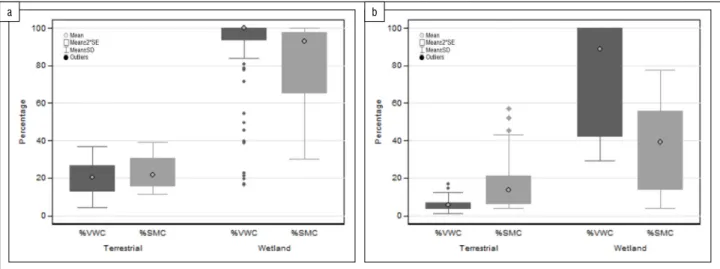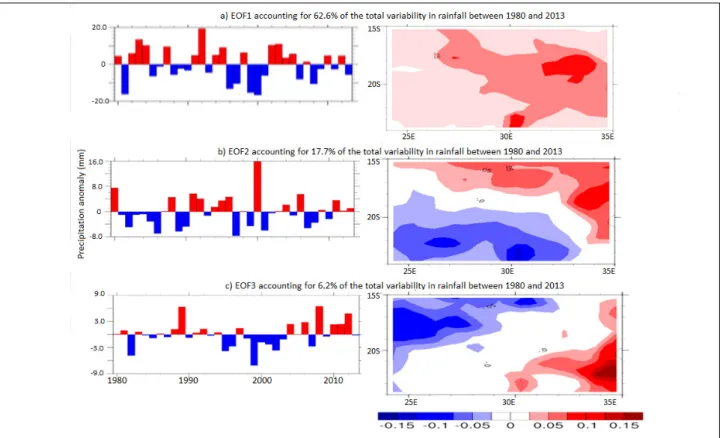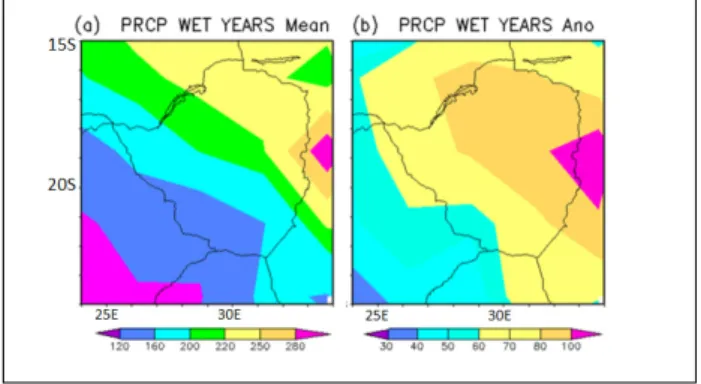More eyes on COVID-19: Perspectives from history The need for history in a time of plague. It is crucial to distinguish the economic consequences of the health impacts of the pandemic itself, and the economic consequences of COVID-19 lockdown policy responses.
COVID-19
What the study of religion allows us to understand in relation to the pandemic. Being a Christian is a recognition of God as a "presence" in your life and in the world, or as a response to the moment of meeting a "living God".
It is important to consider the social injustice impact of the COVID-19 responses since the first of them were promulgated on March 18, 2019. Herein lies one of the challenges of the COVID-19 regulations and subordinate instruments – the problem of incoherence and impact unawareness.
Teaching on the Edge of Chaos: Report on 'The Future of Universities in a Post-COVID-19 World'. Yes, to all these questions, but in this latest edition (number 5) of the ASSAf Presidential Roundtables on 'Science, Scholarship and Society', Professor Jonathan Jansen, ASSAf President and Distinguished Professor in Education (Stellenbosch University), chaired a lively , engaging and important discussion on 'The Future of Universities in a Post-COVID-19 World'.
Learning moments and game changers for teaching practice
Universities are both barometers and leaders; they reveal the dynamics and tensions within society, and at the same time influence the society of the future. As Walker3 articulated, "the choices we make about higher education are also decisions about what kind of society we want to build".
Gramsci, social justice and open education
However, the disruption due to COVID-19, coupled with the growing viability of alternatives to conventional teaching methods, was unprecedented in his view, and incubated three important questions that he posed to the panel: 'Is the brick-and-mortar university, where students have a social and educational experience, something of the past. On the optimistic side of the Gramsci quote, Czerniewiecz noted that digital technologies will support blended approaches to learning and enrich such experiences.
Big tech will deliver a ‘record label moment’ to higher education
Around the world, the COVID-19 pandemic has turned a handful of leading scientists into highly visible public figures. For this case study, I examined the characteristics of Abdool Karim's engagement with the South African public during the COVID-19 pandemic in the light of two key dimensions of quality in science communication, namely.
Public visibility in science
Tracing Abdool Karim's journey to becoming a trusted public voice for the science of COVID-19 reveals meaningful insights into the relationship between scientists, policy makers and the South African public. The face of COVID-19 science in South Africa, Professor Salim Abdool Karim (photo: Madelene Cronjé, Bhekisisa Center for Health Journalism).
Public credibility in science
In a calm and reasonable two-hour explosion of knowledge, Professor Salim Abdool Karim became our Ph.D. Fauci, as he finally helped us understand our fears about the corona. 15. In the following weeks, journalists lined up to interview him, and Abdool Karim participated in numerous media briefings and webinars.
Going public is not risk free
When we end the lockdown, and we must remember that none of us has immunity to this virus, we are all at risk. 29. We will have to learn to live in a way where we will lose the soft touch that comes from being close to those we love, those we care about, because to protect them we will have to keep a certain distance. 33.
Conclusion
Available from: https://www.iol.co.za/mercury/news/professor-karim-dismisses-r944m-bill-and-melinda-gates-foundation-funding-claims-as-fake-news-47798953. Preventing the next pandemic' - A 2020 UNEP Frontiers Series Report on zoonotic diseases with reflections for South Africa.
An overview of zoonotic diseases
Zoonoses account for approximately 25% of the infectious disease burden in low-income countries.1 Poverty can increase the risk of zoonoses, where active human-livestock and human-wildlife interfaces can increase the likelihood of disease transmission.1 A combined burden of disease exists for humans in areas such as are tropical and subtropical Africa, where co-infection with zoonotic diseases and other pathogenic or infectious diseases such as malaria, tuberculosis and HIV is likely.1 Many endemic zoonoses remain largely neglected and undetected in such environments and are underreported because their impacts borne largely by impoverished and marginalized communities.2 These unique circumstances make the prevention and control of emerging and endemic zoonoses in many African countries a complex undertaking that requires evidence-based guidelines.1,3. In early 2020, the United Nations Environment Program (UNEP) and the International Livestock Research Institute (ILRI) undertook the urgent task of providing an updated and rapid scientific assessment of zoonotic diseases as part of UNEP's Frontiers Report Series. 4–6 The aim of the report is to provide relevant information for policy makers on how to 'prevent the next pandemic' by exploring what is known about zoonotic diseases and how best to break the chain of transmission.
Coronaviruses, common elements and origins of coronavirus pandemics
Reflections for South Africa
In order to determine the full extent of the zoonoses problem and how to prevent the next outbreak, South Africa may need to discuss and prioritize next steps. In the current situation in South Africa, the effects of quarantine (and poverty in general) can force a dependence on wild meat, especially for those who depended on the tourism industry, which is largely closed, for their livelihood.
An approach for the future
We need a clear understanding of the 'food system': what people eat, the sources of food, and how food is processed, stored and distributed, with a clear distinction between domestic consumption and/or export. As the predictability of biological and ecological processes declines, so does our understanding of the connectivity and complexity at any point in time, especially in the future.
Acknowledgements
Psychologists must advise on the far-reaching mental health costs of the pandemic following extreme forms of isolation. This worsening of the multiple disease burden puts further pressure on the national health care system.
In Summary
Identifying and valuing the intangible cultural benefits of ecosystem services to traditional communities in South Africa. Evidence from the literature suggests that cultural ecosystem services show a range of value types and ranges.
Introduction
The presence of a range of values places cultural ecosystem services beyond the reach of neoclassical economic valuation methods. Deliberative approaches are the most appropriate method to elicit the range and dimensions of value associated with cultural ecosystem services.
Categorisation and definition
Current research into cultural ecosystem services
Types of values
Criticisms of Neoclassical valuation methods
There is little evidence to support the assumption that preferences are pre-formed and stable, especially in terms of often complex, unfamiliar non-market goods such as CES.50-52 Spontaneously attributing monetary values to these ill-formed preferences in a stated preference exercise is problematic and the process is unlikely to elicit meaningful and robust values.51-54. However, most stated preference studies imagine them in social isolation and look for individual values from them.52,53 This ignores important values that an individual may have as a citizen, including shared societal or community values, both for themselves and for other members. kept from the community. .55 This is relevant because CES is likely to have a multiplicity of values, including shared values – particularly among traditional communities in South Africa.
Deliberative approaches
It is significant that the nature of this criticism is particularly relevant to the use of such methods to value CES.46. There are several ways in which the method can be used creatively or in conjunction with more participatory approaches, to establish the importance and value of CES.23,43 For traditional communities in South Africa, the complex interactions between ecosystems, the services that however, they provide and the contribution these services make to human welfare suggests that a pluralistic approach using deliberative approaches is being followed to determine their importance and value.2,41.
South African context
Generating such values is further complicated in situations where respondents are involved in subsistence agriculture and thus are generally unfamiliar with money, making it difficult to express values for complex non-market goods and services in such a measure. .56 Such situations characterize the lives of many rural communities in South Africa.57,58 In addition, recourse to monetary standards can weaken the voices of the poor and vulnerable because of their limited ability to pay due to budget constraints – an important part of approaches with stated preference. 5,56 Monetary aggregation can be used as what Ani15,59 calls a weapon of aggregation, often to the benefit of the rich and to the detriment of the poor. Traditional consultative processes in South Africa are often patriarchal and autocratic.63,67 Traditional leaders are unelected, sometimes unpopular and may have a vested interest in the status quo.
Conclusions
People may be excluded from the group, or not participate fully due to poor education or lack of self-confidence. Class, age, race, culture and gender can all influence participation.67 Outcomes can be complex or nuanced and much less clear than a single number generated by cost-benefit analysis.51 Inequalities in power, knowledge and communication skills can reflect become inequalities in the deliberative process.51,66 These issues must be managed, especially in a South African context with its great historical inequalities in wealth, power, knowledge and education.64,65 While legislation in South Africa the use of participatory approaches actively encouraged. for decision-making, the process is often a 'box-ticking' exercise with little real involvement or consideration of the needs or concerns of the most marginalized members of society,64 thus undermining any legitimacy underlying the approach.
Authors’ contributions
A Framework for Considering Market-Based Instruments to Support Environmental Fiscal Reform in South Africa – Draft Policy Paper. Deliberative democracy and the politics of traditional leadership in South Africa: A case of despotic dominance or democratic deliberation.
Pathways of pharmaceuticals in aquatic environment
The increased consumption, disposal and presence of pharmaceuticals for human use in the environment, particularly in aquatic systems, has raised global concerns due to their continued release into the environment, primarily through wastewater from hospitals, agricultural operations and wastewater treatment plants (WWTP). These drugs enter the sewage system and eventually end up in the environment through sewage leakage or discharge of wastewater from sewage treatment plants that ends up in the water (Figure 1).18,19.
Pharmaceuticals in the aquatic environment of South Africa
Another study in the same province monitored naproxen, ibuprofen and diclofenac in a river and sewage treatment plant around the city of Durban (KwaZulu-Natal, South Africa). Among the anti-rheumatic drugs, emtricitabine was detected at the highest concentration of 172 μg/L in influent samples of TN in the Western Cape.60 A separate study reported concentrations as low as 0.013 μg/L for emtricitabine in surface water samples. .

Impacts of pharmaceuticals in aquatic systems
Environmental impacts
Public health impacts
Overuse and misuse of antibiotics can pose a risk to human health by promoting antibiotic-resistant bacteria and antibiotic resistance genes in aquatic environments.2,5 This occurs as a result of the high selection pressure that antibiotics exert on bacteria. Antibiotic resistance is a major health problem; the presence of antibiotics in treated wastewater is increasing and will lead to higher mortality and morbidity as untreatable infectious diseases increase.70.
Research gaps and future perspectives in South Africa
Remote sensing shows potential for quantifying and monitoring the SMC of palustrine wetlands; however, this technique needs to be assessed across a wetland-terrestrial gradient in South Africa. Remote sensing has played an important role in the detection and monitoring of the flooded sections of wetlands, both internationally and in South Africa.
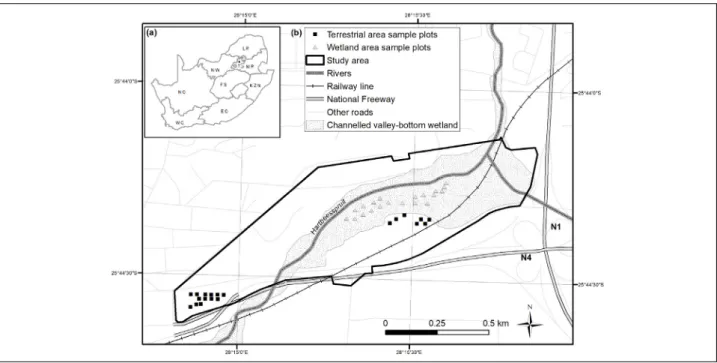
Data collection
In general, the density and height of the vegetation in both zones varied little during the duration of %VWC data collection between March and May 2018. Individual polarizations and bands as well as a combination of the polarizations and all bands were evaluated for each.
Results
Single VV polarization showed the lowest coefficient of determination and the largest error (R2=>0.58; RMSE =>24%) for both Sentinel-1 sensors where the RF algorithm was used. The five individual S2B bands gave the highest coefficients of determination in predicting %SMC (R2=>0.94;.

Discussion
The predicted %SMC maps from sensors S1B and S2B show variation in the extent of soil saturation (Figures 3a and 3b). The use of bands in the visible, NIR and SWIR contributed to the optimization of %SMC predictions in the RF algorithm.

Data sources and methodology
The eigenvector with the highest eigenvalue is the first principal component of the data set. A number of studies have been conducted on the EOF method and its relevance.25,26 In this study, it was used to show the dominant modes of summer rainfall variability over Zimbabwe.
Results and discussions
Weak loads are found in the northeastern, southeastern, southwestern and western parts of the country, corresponding to the low-lying areas. The results of the EDF analysis show the dominant role of the ITCZ on Zimbabwean summer rainfall.

Data and method of analysis
Results and discussion
To verify our results, we further performed a cross-spectral analysis of sunspot data and δ13C measurements between 1600 AD and 2000 AD. Of particular interest is the behavior of the Schwabe cycle during the Maunder Minimum period between ~1650 AD and 1700 AD.
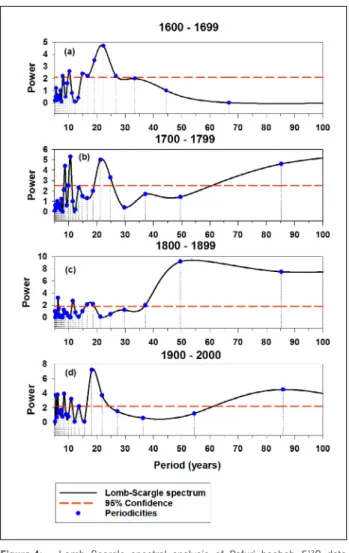
Conflicts of interest
- Introduction
- Background and literature review
- Residential housing footprint in South Africa
- Market growth potential of wood-based residential buildings
- Water availability
- Building system impacts
- Methodology
- Log resource analysis
- Building system impact
- Sensitivity analyses and limitations
- Results and discussion
- Log resource potential
- Building system impact
- Conclusion and recommendations
- Log resource potential
- Building system impact
- Further consideration
This clearly shows the resource potential for an increased wood-based construction market in South Africa. In the long term, however, reforestation will be required if wooden buildings are to become the norm in South Africa.
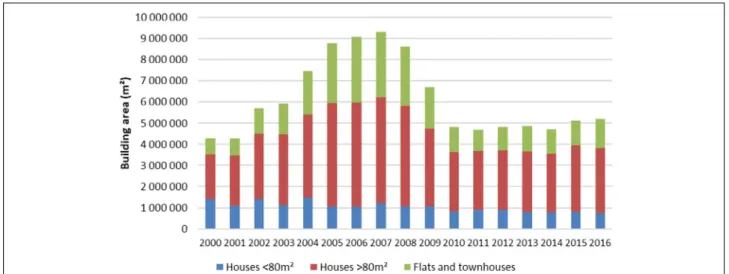
Materials and methods
Some of the groupings visible on the dendrogram can be explained by considering the morphological characteristics of the cultivars. Use of the SRAP markers enabled the creation of a molecular genotype reference database, which will be a useful tool in the breeding program in the future.
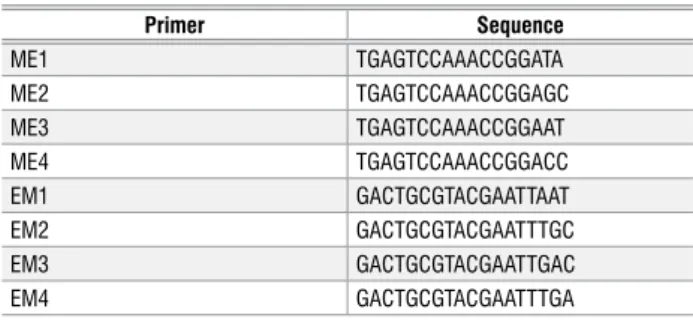
Data availability
At 404 cm3, Taung's cranial capacity is already at the bottom of the range of A. The first example (Figure 2) is the profile of a student who published at least five journal articles in the period preceding the study years (2005 to 2009 has) ); five during the thesis years and three after the completion of the thesis.
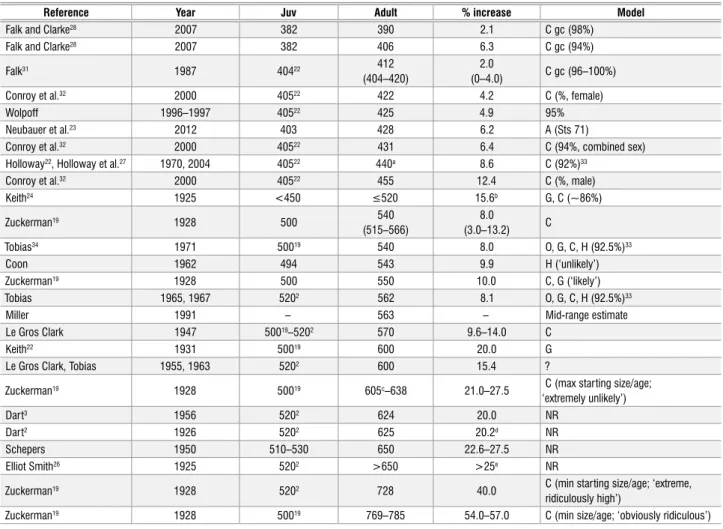
Competing interests
S Data transparency None or encouraged Article states whether data
This work is based on research supported in part by the National Research Foundation of South Africa. 3Allergy and Immunology Unit, University of Cape Town Lung Institute, University of Cape Town, Cape Town, South Africa.
The problem
The longest annual monitoring exists for Cape Town (~20 years), with almost no data from the Cape since the 1990s, and many parts of South Africa have never been monitored. Since August 2019, seven 7-day volumetric spore traps have been operational in South Africa in major cities, continuously collecting data on the pollen and spore content in a country highly affected by allergic rhinitis.
What we do know? History of aerobiology in South Africa
Several factors influence the development of new allergic sensitivities, including: (1) allergen exposure (large geographic pattern in aeroallergen profiles); (2) nature of the allergenic proteins, e.g. A major challenge for aerobiologists in South Africa is the diverse vegetation and climate across its nine biomes (Figure 2) – ranging from the arid Karoo to the humid coast of KwaZulu-Natal in the East and from the cool Drakensberg grasslands to the wet, windy Cape.9,10 The Cape Floristic Region, which consists of the Fynbos and Succulent Karoo biomes, illustrates this diversity, with its approximately 9000 flowering plants11 (Figure 2) compared to Europe which hosts around 10,600 flowering plants12.
The way forward: South African Pollen Network and Monitoring Programme (SAPNET)
Future goals
Airborne fungi in Johannesburg: a five-year survey as a basis for the study of fungal allergy in South Africa. Development and current status of allergy concepts and practice in South Africa.
Seychelles
Unusually, the small- and large-scale relief of the solid granite, visible in Mahé Island, is visible even in cliffs high in the range, due to wetting caused by dripping from vegetation or direction of rain to incipient waves) [Figure 4 ]. Although du Toit spent only a few hours in the Seychelles, and made a few observations from aboard ship about the geomorphology and structure of the islands he saw, he already had more than anyone else on earth. knew about the significance of this picturesque group of tropical islands.


